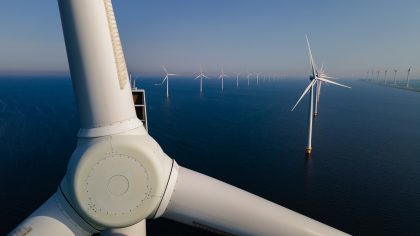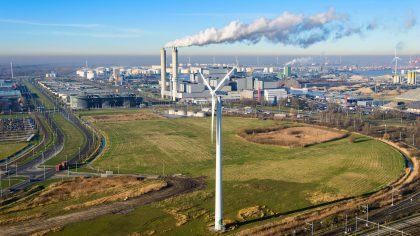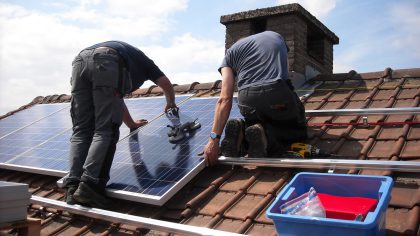The pre-treatment process is aimed at optimising the hydrolysis and the following processes. The pretreatment method depends on the characteristics of the raw material. During the pre-treatment cellulose and hemicellulose are separated from lignin. Lignin is usually separated and dried to serve as fuel for the processes. Cellulose is broken down into glucose during the enzymatic hydrolysis (also called saccharification). Hemicellulose is also converted into fermentable sugar. In the fermentation process, all sugars are converted into bioethanol by various microorganisms.
The product from fermentation has low concentration of bioethanol, hence an upgrade to the desired high concentration through evaporation and ratification is the final step so the resulting ethanol can be used as biofuel. In this factsheet, we assume that the process’ energy demand is supplied via combustion of lignin. Thus, no external energy supply is required and net electricity may be generated depending on the operating mode.
All information in the datasheets is also available in ESDL (Energy System Description Language). You can find them in the Energy Data Repository (EDR).


